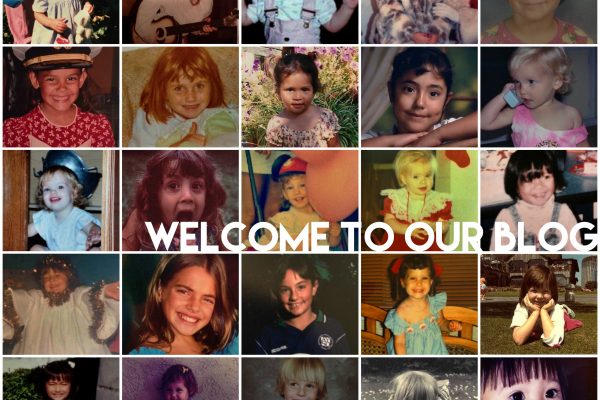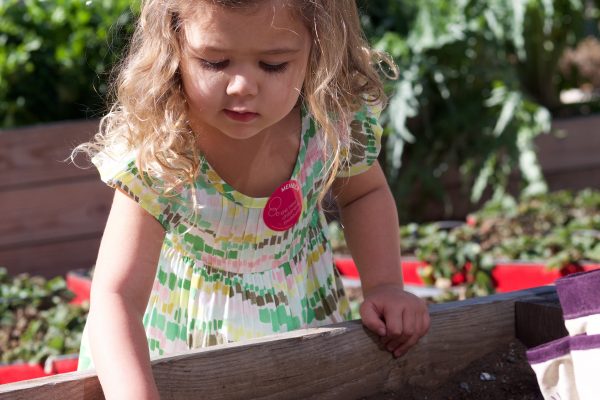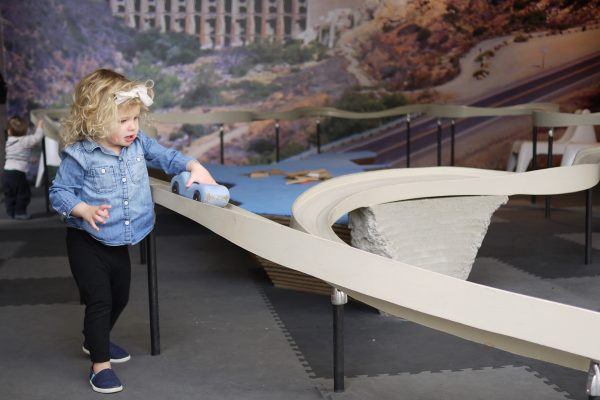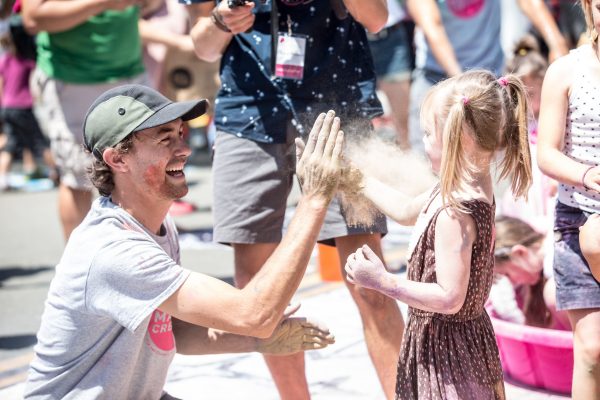Stop right now. Take five minutes and think about a space where you spent a significant amount of time as a child. Draw a map of the space, if you can—or just map it in the corridors of your mind.
As you do, think about your experience of that space.
- Where was it? Indoors, outdoors, in between?
- What kinds of objects were in the space? What could you touch? What was off limits?
- Were other kids or adults around in the space? Why or why not?
- Did you always do the same thing in the space, or did you do different things at different times?
In researching play over the past decade, I have done this mapping exercise with dozens of people. What do I hear? Stories of tiny things hidden under stairs. Memories of deep connections and fights and special moments with our parents and grandparents and cousins. Remembrances of the time in our lives before we had names for everything around us. Stories of play, in all its complexity.
What I don’t hear anyone describe is this:

This is what you find if you do a Google image search for “children playing.” Many adults position children’s play as idyllic: children holding hands and smiling. Everything is perfect and we all get along!
But from my experience, and perhaps yours, play is not perfect. It is often not pretty. It involves conflict and rebalancing of emotions. It might just look like this, full of both smiles and not-smiles:
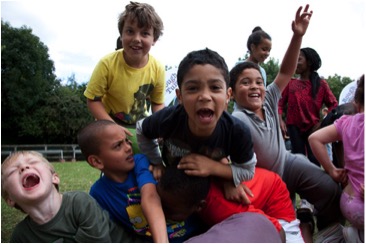
It’s complicated, in all the best ways.
“Trying to define play,” writes Gordon Sturrock, “Is like trying to define love. You can’t do it. It’s too big for that.”
Many people smarter than I am have attempted to define play. So I settle for working definitions that come close: that play is what children do when they follow their own instincts, ideas and interests, in their own way, for their own reasons.
When they follow their own instincts in their own way, children experience a sense of control that is typically lacking in the ecology of their lives. Children do not control whether or not they go to school. They do not control when they go to bed, or even what they eat for dinner. Moments of play allow children the opportunity to control what and how they want to be. Play becomes a counterbalance to a life held in loving captivity.
And I find that adults often try to control children’s play, transforming it into “teachable moments.” I have an inkling that many adults, when they observe children playing, sense their own lack of control over the children. Whether we recognize it or not, it may make us a little uneasy to see a space where we do not have complete control over children’s lives.
And so we, with the best of intentions, often usurp children’s control of their own play.
- We attempt to make play a socializing tool, transforming recess (if we offer it at all) into organized games and skill-building.
- We see particularly rough and tumble play and we step in, urging children to “play nicely.”
- We create “playful” puzzles and games, convincing ourselves that by putting “cheese on the broccoli,” we can sneak in lessons about literacy or koalas or geography (or all three!).
A sense of control or lack of control directly correlates with our incidences of anxiety and depression. And yet we, as adults, take from children the very thing that gives them a bit of control (Peter Gray believes that lack of play just might be what is contributing to rising anxiety and depression in children).
There is a place for playful learning. It is a saving grace of many otherwise life-sucking formal learning environments.
But play, for play’s sake, is different. It is an island of control in a sea of other people’s choices.
The more we focus on the “uses” of children’s play, the further away we move from this simple truth:
- Play does not make a child a better adult.
- Play makes a child a better child: more capable, in the moment of play, of noticing, of loving, of feeling joy and sorrow, of being able to see that our world is a place of possibility.
And the best news?
Our own play makes adults— us grumpy, complaining, calorie-counting, easily offended, peace-and-quiet-demanding grouches— into better adults. More capable of breathing, of living, of seeing new possibilities. Mary Oliver writes, “Are you breathing just a little and calling it a life?” Play, like love, is like oxygen. The more you breathe deeply, the more you live.
Go back to the map of the space where you spent time as a child. What does your map tell you about your own play as a child? What can it tell you about the children in your life, and how those children might inhabit the world? What can it tell you about how you play now as an adult? Fill in your map with more stories. Take a deep breath, keep breathing, and see where the map takes you.
about the writer
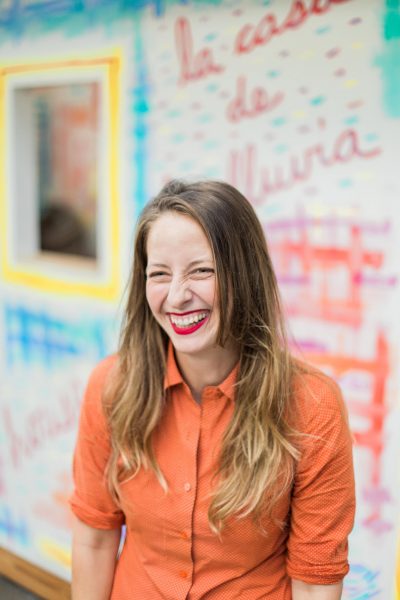 This guest post is written by Megan Dickerson, our Manager of Exhibition and playwork expert. On any given day, you might find her doing budgets at her desk, playing peek-a-boo with a toddler in Wobbleland, or meeting with a partner artist to plan logistics and concept for a new art installation. As a researcher working through the University of Gloucestershire, Megan writes and publishes about art, play and playwork.
This guest post is written by Megan Dickerson, our Manager of Exhibition and playwork expert. On any given day, you might find her doing budgets at her desk, playing peek-a-boo with a toddler in Wobbleland, or meeting with a partner artist to plan logistics and concept for a new art installation. As a researcher working through the University of Gloucestershire, Megan writes and publishes about art, play and playwork.
